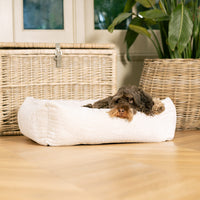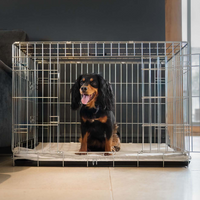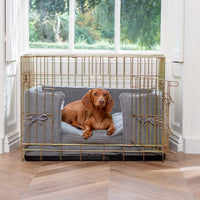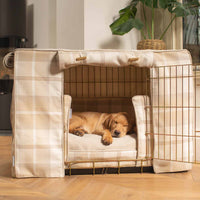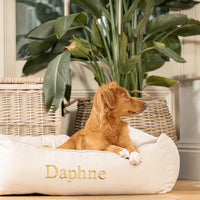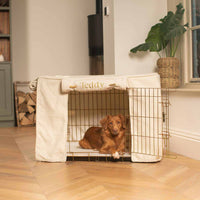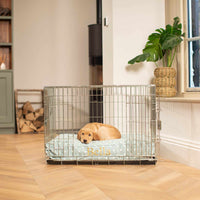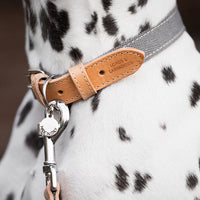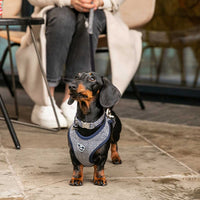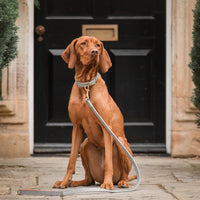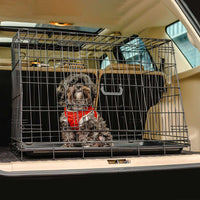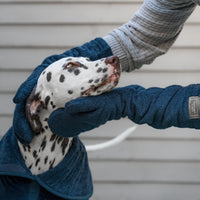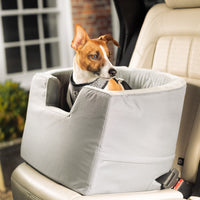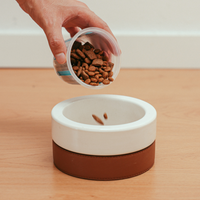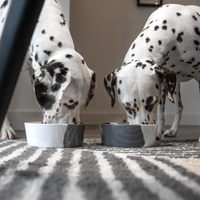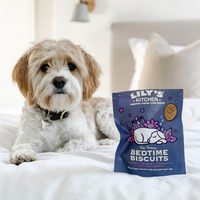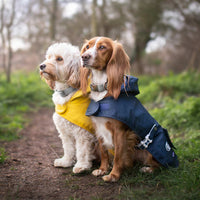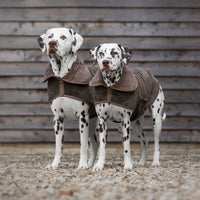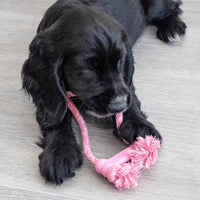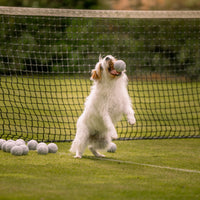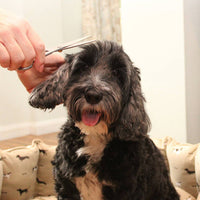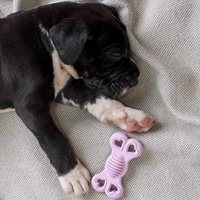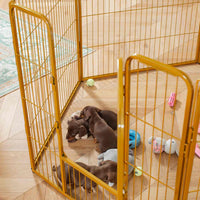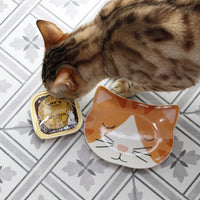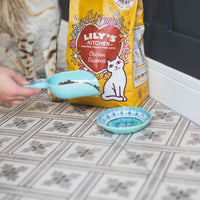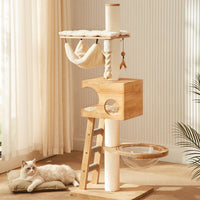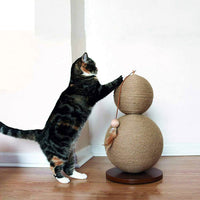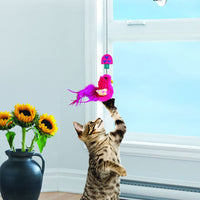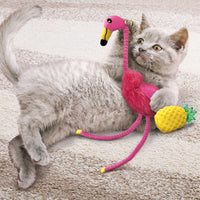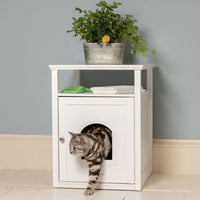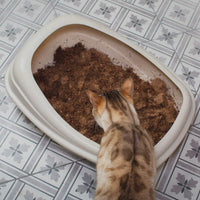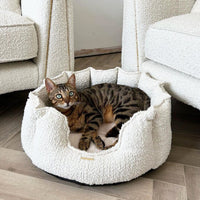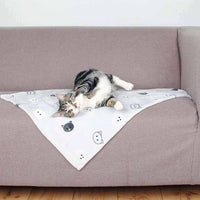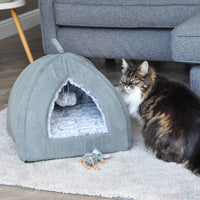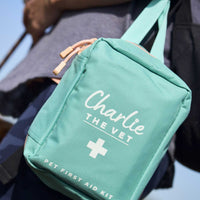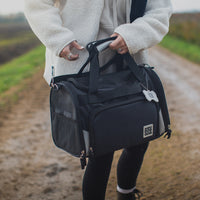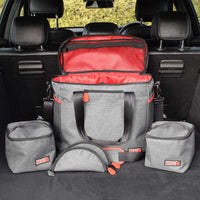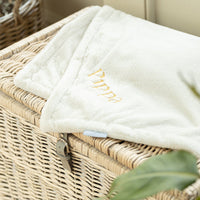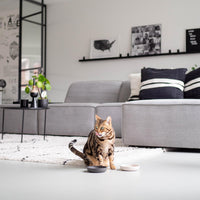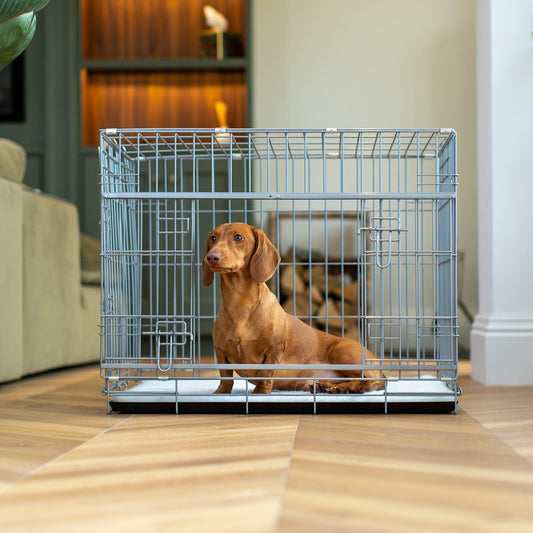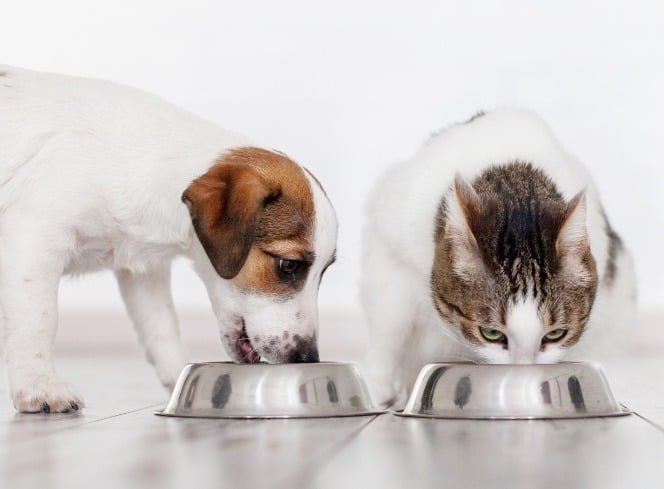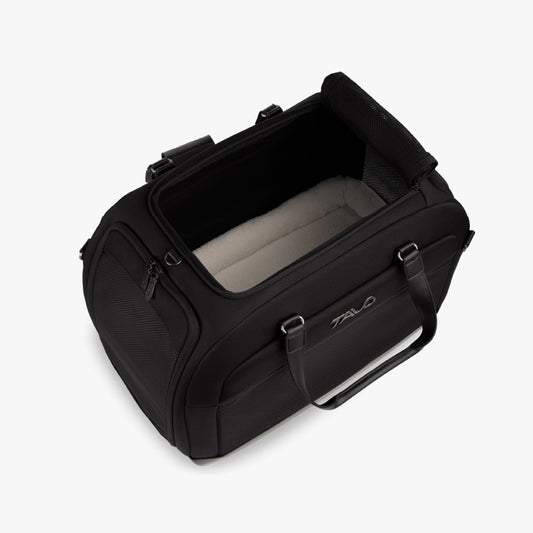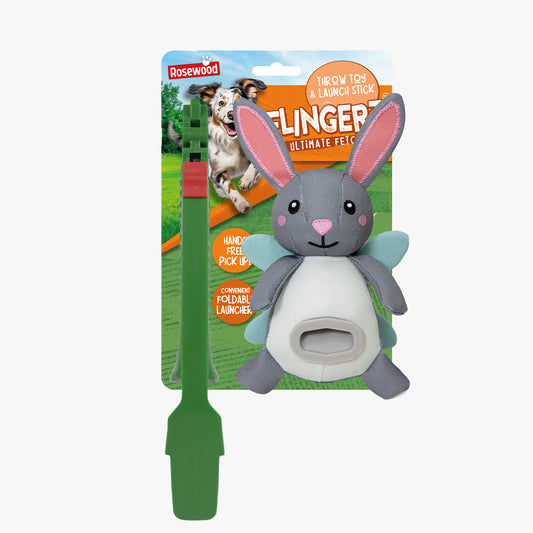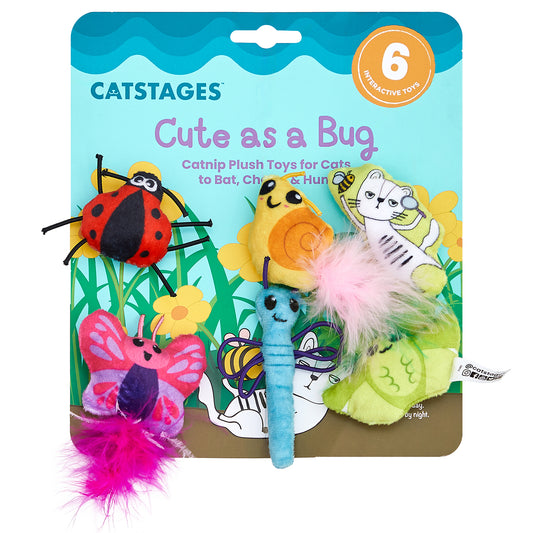The idea of crate training your bundle of joy can seem daunting at first, but it’s not as tedious as you may think. All you need is patience and perseverance. Crates can be used in numerous ways for different purposes, such as teaching dogs and puppies bladder control and encouraging obedience. When training your dog, you want them to see the crate not as a punishment, but as their den, bed and safe place.
There are several different crate training processes. It can take weeks or even months to train your pet properly, with factors such as age, temperament and former experiences all affecting how quickly they are able to progress. Adult dogs and puppies can be trained in the same way, although generally, puppies tend to pick things up faster.
Disobedient dogs can ruin your furniture, chew your shoes and rummage through your bins, causing you a lot of stress and costing you money as a result. Crate training is designed to counteract this kind of behaviour. In this blog, you’ll find out exactly what crate training is, how to do it and why it’s so important.
What Is Crate Training?
Crate training describes the process of teaching a dog to relax in a crate. It takes time for dogs to feel comfortable in an unusual environment, so several training methods can be practised to speed the process along.
If a dog is forced into a crate without proper training, they will feel trapped and associate it with fear instead of security. That’s why crate training relies on positive reinforcement, such as using dog treats and toys to strengthen the notion of the crate being a pleasant space.
This particular kind of training should be implemented in small steps. This is where patience comes in. Your dog may be reluctant at first, so it’s all about repetition and positivity, offering lots of praise and love throughout.
How To Crate Train A Dog
First and foremost, you should ensure that the cage is large enough to accommodate your dog. If they can stand up and turn around in it comfortably, it should be fine. To make it as appealing as possible, soften it with cushions and blankets to create the perfect snuggle spot for your furry companion.
Once your crate is all set up in a convenient area like the living room, you can start the training procedure by enacting the following steps:
- Introducing your dog to the crate - When presenting the crate to your dog for the first time, make sure that the door is securely open. It can usually be fastened to the side of the cage to prevent it from closing on your dog abruptly. Your dog might go straight in and explore or be extremely cautious and hesitant. If this is the case, drop a trail of food treats leading up to the cage, inside the door and in the middle of it. Don’t force them in if they’re refusing to enter, just keep dropping the treats inside the cage until they calmly go in. If food isn’t working, throw their favourite toy inside. This process could take anywhere from several minutes to a couple of days, so just keep on persisting.
- Feed your dog meals in the crate - When your dog willingly goes in the crate to collect their treats, place their food dish inside and towards the back of the crate. If they’re still slightly reluctant, place their dish near the crate door and push the dish further back in the crate every time you feed them. After your dog becomes accustomed to eating their meal in the crate, you should close the door while they are having their food. The first time you do this, open the door immediately after they finish their food. From then on, try leaving the door closed for a bit longer each time after they’ve finished eating. If your dog begins to whine and cry, don’t open the door until they stop, or they’ll learn that’s how to get out.
- Close the door for longer periods of time - As you reach a point where your dog is eating regularly in the crate and remains undeterred by the door closing, start confining them in for short periods of time while you’re in the same room. You should repeat commands to enter, such as “crate” or “bed”, in a friendly tone and praise them with a treat every time they go in. Practice sitting near the cage at first, then move to other parts of the house for short bursts of time. After this, return to the same spot and let them out of the cage after a few minutes. Do this several times throughout the day, each time increasing the duration of your absence. Once you’ve reached 30 minutes with no disturbances, you can leave them when you’re out of the house for short periods, as well as letting them sleep there during the night.
Why Is Crate Training Important?
Crate training provides dogs with a sense of comfort and security. Dogs are den animals after all. They instinctively seek out confined spaces to find a shelter for themselves. Crate training is beneficial because it means that the crate will become a dog’s safe haven.
It’s recommended to crate train dogs from a young age. Crates encourage bladder control as dogs don’t like to soil their sleeping quarters, which in turn helps to establish a routine. You can personally enjoy peace of mind when leaving the house, knowing that your dog is safe and happy within their cage.
Crates are also the ideal solution for confining your dog at times when they may be feeling overexcited or confused, such as having lots of guests in the house. They can be taken into cars for a safe way to travel with your dog too, as well as giving you the opportunity to take them to places where they may not be allowed out.
The perfect resting place for dogs, a crate can have a profoundly positive effect on both yours and your pet’s life when used humanely and correctly.


